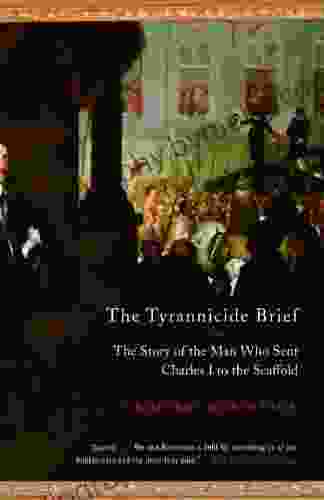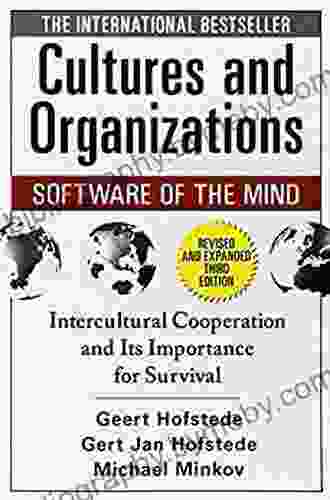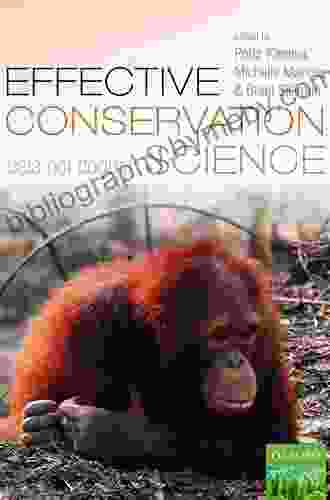Alfred Valdmanis and the Politics of Survival: Heritage as Resistance against Soviet Occupation

In the annals of history, the name Alfred Valdmanis stands as a testament to the indomitable spirit of creativity and the power of art to challenge oppression. As a Latvian artist living under the suffocating grip of Soviet occupation, Valdmanis found solace and resistance in his paintings, which became a potent symbol of his homeland's yearning for freedom. This article delves into the fascinating life and legacy of Alfred Valdmanis, examining the ways in which he utilized heritage as a tool for political expression and cultural preservation.
5 out of 5
| Language | : | English |
| File size | : | 4567 KB |
| Text-to-Speech | : | Enabled |
| Screen Reader | : | Supported |
| Enhanced typesetting | : | Enabled |
| Word Wise | : | Enabled |
| Print length | : | 506 pages |
The Early Years and Artistic Influences
Alfred Valdmanis was born in 1922 in Riga, the capital of Latvia. From a young age, he displayed a remarkable talent for drawing and painting, which was nurtured by his family and teachers. As he grew older, he studied at the prestigious Latvian Academy of Arts, where he was exposed to a wide range of artistic styles and techniques.
Valdmanis' early works were influenced by the Latvian Expressionist movement, which emphasized bold colors and simplified forms. However, as the Soviet Union annexed Latvia in 1940, the artistic landscape underwent a dramatic transformation. Socialist Realism, a government-imposed style that glorified the Soviet regime, became the dominant form of artistic expression.
Resistance Through Art
Refusing to succumb to the constraints of Soviet Realism, Valdmanis found a unique way to express his discontent and maintain his Latvian identity: he turned to history and heritage. His paintings depicted scenes from Latvian folklore, mythology, and history, evoking a sense of nostalgia and pride among his fellow Latvians.
One of Valdmanis' most famous works, "The Battle of Saule," commemorates a pivotal battle in Latvian history where a small Latvian army defeated a much larger German force. The painting became a powerful symbol of Latvian resistance and self-determination.
The Politics of Survival
Valdmanis' art was not without its risks. The Soviet authorities viewed his work as subversive and a threat to their authority. He was repeatedly interrogated by the KGB, the Soviet secret police, and his paintings were confiscated and destroyed.
Undeterred, Valdmanis continued to paint, albeit in secret. He hid his works in trusted friends' homes and underground storage facilities. Despite the constant threat of arrest and imprisonment, he refused to compromise his artistic integrity.
The Power of Heritage
Valdmanis' paintings served as a powerful tool for cultural preservation. They kept alive the memory of Latvian history and traditions during a time when the Soviet regime attempted to suppress them. His art became a symbol of Latvian identity and a source of inspiration for future generations.
Legacy and Impact
Alfred Valdmanis passed away in 1999, leaving behind a remarkable legacy of art and resistance. His paintings are now exhibited in museums around the world, serving as a testament to the enduring power of human creativity and the importance of preserving cultural heritage.
Valdmanis' work continues to inspire artists and activists today, demonstrating the potential of art to challenge oppression, foster cultural identity, and promote social change. His legacy as a master of heritage art and a courageous defender of Latvian freedom will forever be remembered.
The story of Alfred Valdmanis is a testament to the transformative power of art and the indomitable spirit of those who use it to resist oppression. Through his masterful paintings, he kept alive the memory of his Latvian heritage and gave voice to his people's yearning for freedom. His legacy as an artist and a symbol of Latvian resistance continues to inspire and empower generations to come.
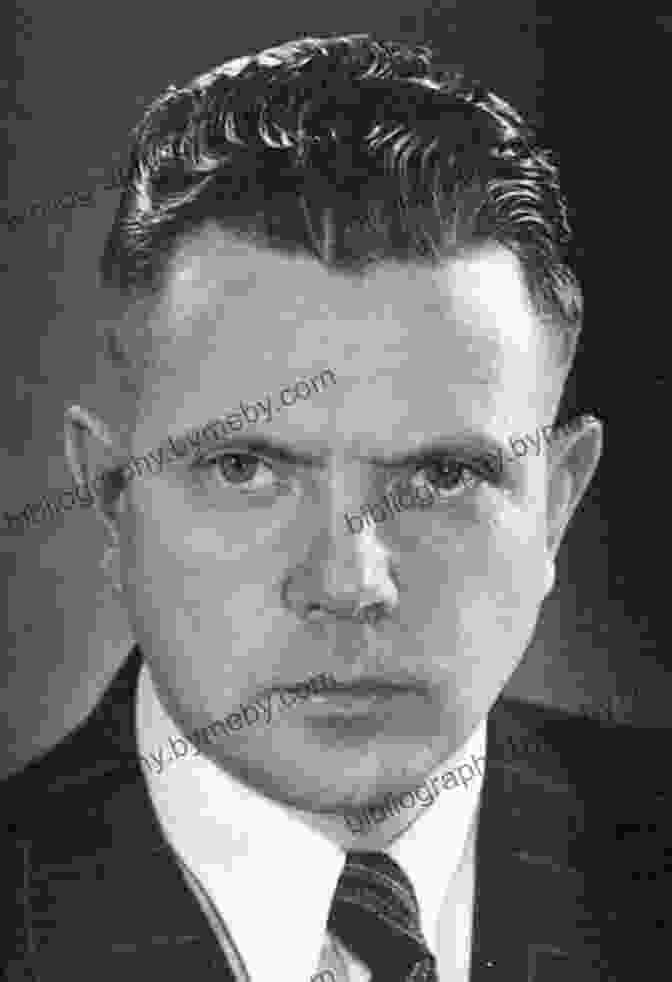
5 out of 5
| Language | : | English |
| File size | : | 4567 KB |
| Text-to-Speech | : | Enabled |
| Screen Reader | : | Supported |
| Enhanced typesetting | : | Enabled |
| Word Wise | : | Enabled |
| Print length | : | 506 pages |
Do you want to contribute by writing guest posts on this blog?
Please contact us and send us a resume of previous articles that you have written.
 Book
Book Novel
Novel Page
Page Chapter
Chapter Text
Text Story
Story Genre
Genre Reader
Reader Library
Library Paperback
Paperback E-book
E-book Magazine
Magazine Newspaper
Newspaper Paragraph
Paragraph Sentence
Sentence Bookmark
Bookmark Shelf
Shelf Glossary
Glossary Bibliography
Bibliography Foreword
Foreword Preface
Preface Synopsis
Synopsis Annotation
Annotation Footnote
Footnote Manuscript
Manuscript Scroll
Scroll Codex
Codex Tome
Tome Bestseller
Bestseller Classics
Classics Library card
Library card Narrative
Narrative Biography
Biography Autobiography
Autobiography Memoir
Memoir Reference
Reference Encyclopedia
Encyclopedia Stewart Smith
Stewart Smith Gail Caldwell
Gail Caldwell Peg Tyre
Peg Tyre Wayne Teasdale
Wayne Teasdale George W Hart
George W Hart Garth James Cameron
Garth James Cameron Gil Martin
Gil Martin Galia Sabbag
Galia Sabbag Gene Kim
Gene Kim Gary Lewis
Gary Lewis Virginia Lia
Virginia Lia Gerald Everett Jones
Gerald Everett Jones Gabriela Garcia
Gabriela Garcia George M Johnson
George M Johnson George W Kohn
George W Kohn Gerda Roze
Gerda Roze George Christian Pappas
George Christian Pappas Gail Silver
Gail Silver Gerda Weissmann Klein
Gerda Weissmann Klein Taylor Fitzgerald
Taylor Fitzgerald
Light bulbAdvertise smarter! Our strategic ad space ensures maximum exposure. Reserve your spot today!
 J.R.R. TolkienFollow ·2.2k
J.R.R. TolkienFollow ·2.2k Alfred RossFollow ·11.3k
Alfred RossFollow ·11.3k Edgar HayesFollow ·7.9k
Edgar HayesFollow ·7.9k Ralph EllisonFollow ·14.7k
Ralph EllisonFollow ·14.7k Jeffrey HayesFollow ·10.6k
Jeffrey HayesFollow ·10.6k John UpdikeFollow ·15.1k
John UpdikeFollow ·15.1k Pablo NerudaFollow ·6.5k
Pablo NerudaFollow ·6.5k Sammy PowellFollow ·12.7k
Sammy PowellFollow ·12.7k
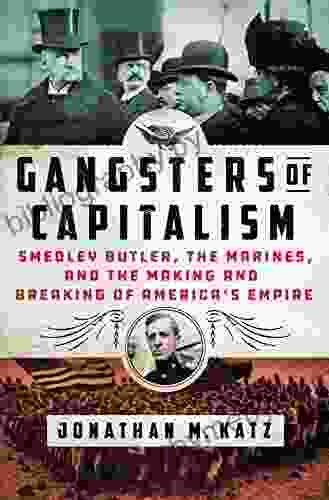
 Brian West
Brian WestSmedley Butler: The Marines and the Making and Breaking...
: A Marine's...
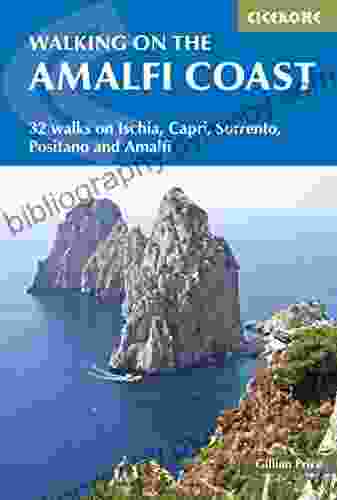
 Gabriel Garcia Marquez
Gabriel Garcia MarquezIschia, Capri, Sorrento, Positano, And Amalfi: An...
Explore the...

 Felix Carter
Felix CarterAdorn Your Little Princess with Fleur Ange's Exquisite...
Welcome to the enchanting...

 Kelly Blair
Kelly BlairUnveiling the Secrets of the Historical Way and Fishermen...
Step into the pages...

 Angelo Ward
Angelo WardKnit the Cutest Thumbless Mittens for Your Little One:...
Prepare to be...
5 out of 5
| Language | : | English |
| File size | : | 4567 KB |
| Text-to-Speech | : | Enabled |
| Screen Reader | : | Supported |
| Enhanced typesetting | : | Enabled |
| Word Wise | : | Enabled |
| Print length | : | 506 pages |



